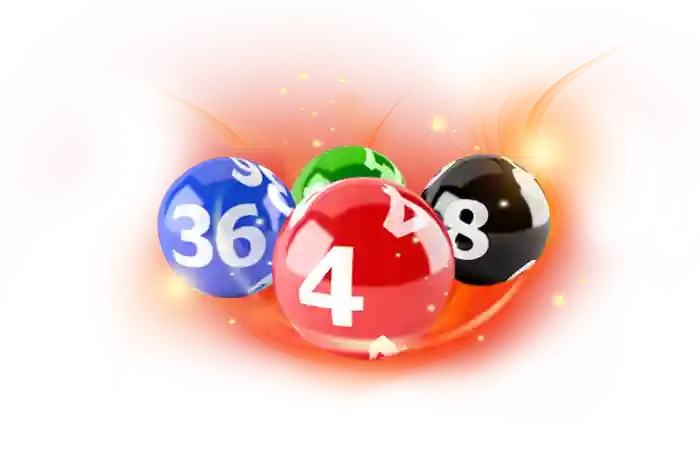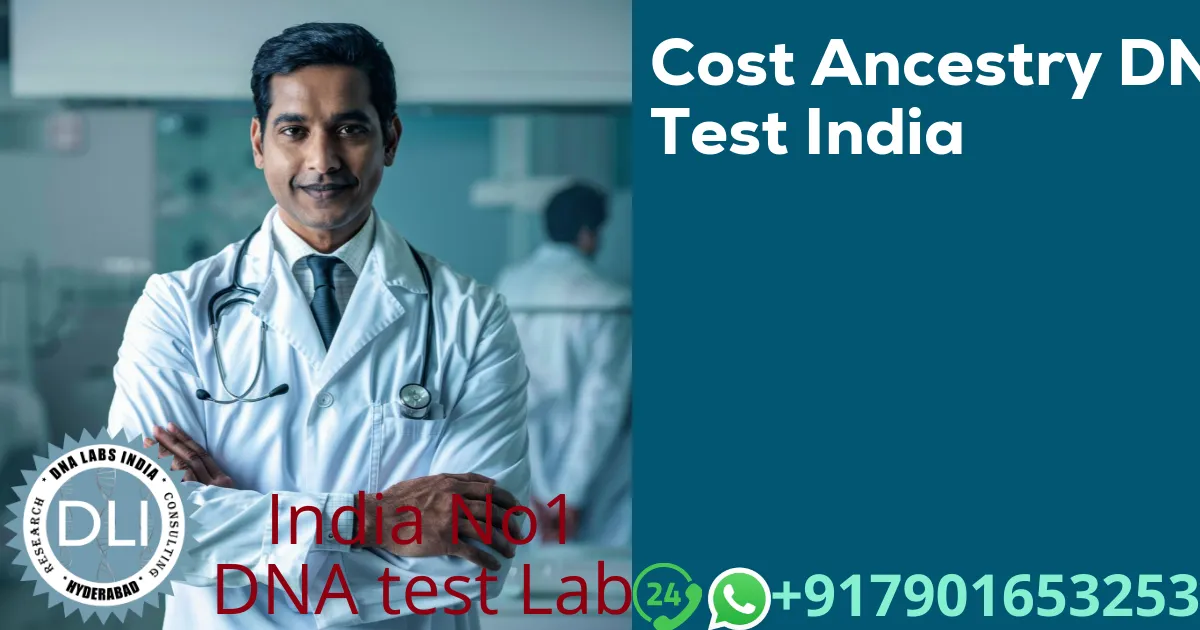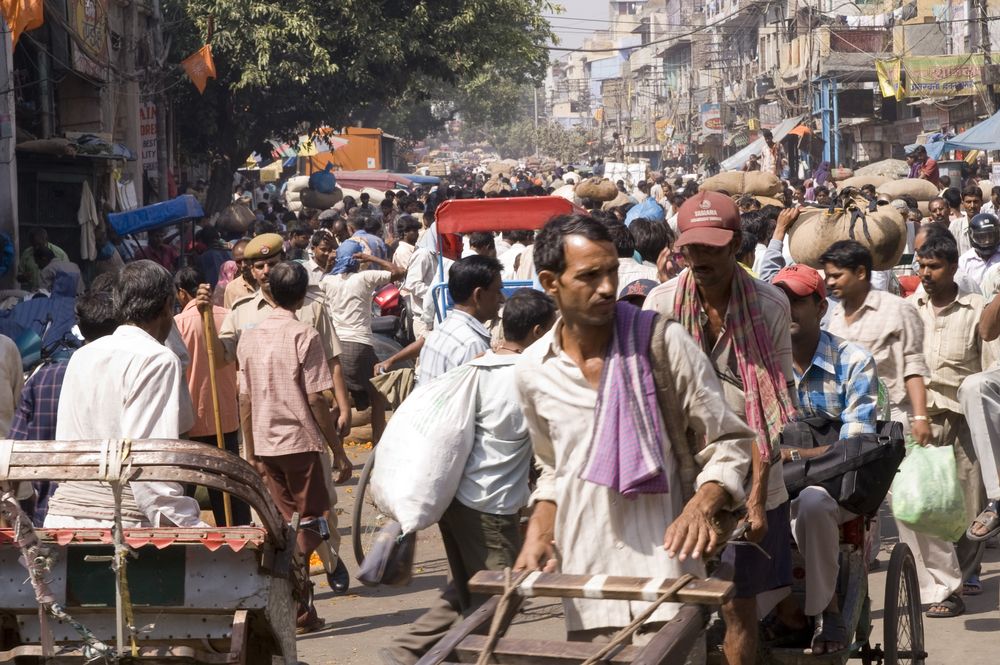prasad1
Active member
This is not My story, I am just sharing it here.
I was surprised to find my paternal line migrated from eastern europe as recently as 6000-4000 years ago (and with most probability into India because as far as my family can remember - great great great grandfather / 16th century - they are all from villages in South India). And also that I share a haplogroup common with Ashkenazi jews.
And on my mother's side using mito-chondrial DNA testing the suggested route taken by their lineage is through Iran. That is out of Africa -> Middle east -> Iran (3000 years ago split) -> India
So by what I have learned, I am more than convinced of recent migration (5000-3000 years ago) of groups of people from Iran and Eastern Europe. And since I am a brahmin as far as my very orthodox family can remember on both mom and dad's side, I am starting to believe in some form of an 'Aryan' immigration theory if not invasion.
Btw, we also know our roots are in Varanasi as the surname carried by me, dad, his dad's dad etc is Kashi Sharma. This is the name also used in Sanskrit shlokas during ceremonies at home when say my name is called out it is said this fellow - "my traditional first name sharma" of "my gotra here" from kashi sharma kula - even though we speak only Tamil at home.
It has to be noted that in my Tamil Brahmin family we have two names for everyone. One is a Sanskrit name and surname which is used in ceremonies by the priests (or gurukul as we call in Tamil) and another Tamil name with dad's name as surname. Am not sure if this is followed by all Tambram families as well?
Now this DNA based migration data makes me believe probably my dad's ancestors travelled down into India (via Punjab?) and settled in Kashi, UP for sometime establishing their clan or kula, and then may be during Asoka's time of Buddhism and de-recognition of Hinduism in the north, moved down south?
Btw, a relative on dad's side is Sir CV Raman
Reddit.com/India
I was surprised to find my paternal line migrated from eastern europe as recently as 6000-4000 years ago (and with most probability into India because as far as my family can remember - great great great grandfather / 16th century - they are all from villages in South India). And also that I share a haplogroup common with Ashkenazi jews.
And on my mother's side using mito-chondrial DNA testing the suggested route taken by their lineage is through Iran. That is out of Africa -> Middle east -> Iran (3000 years ago split) -> India
So by what I have learned, I am more than convinced of recent migration (5000-3000 years ago) of groups of people from Iran and Eastern Europe. And since I am a brahmin as far as my very orthodox family can remember on both mom and dad's side, I am starting to believe in some form of an 'Aryan' immigration theory if not invasion.
Btw, we also know our roots are in Varanasi as the surname carried by me, dad, his dad's dad etc is Kashi Sharma. This is the name also used in Sanskrit shlokas during ceremonies at home when say my name is called out it is said this fellow - "my traditional first name sharma" of "my gotra here" from kashi sharma kula - even though we speak only Tamil at home.
It has to be noted that in my Tamil Brahmin family we have two names for everyone. One is a Sanskrit name and surname which is used in ceremonies by the priests (or gurukul as we call in Tamil) and another Tamil name with dad's name as surname. Am not sure if this is followed by all Tambram families as well?
Now this DNA based migration data makes me believe probably my dad's ancestors travelled down into India (via Punjab?) and settled in Kashi, UP for sometime establishing their clan or kula, and then may be during Asoka's time of Buddhism and de-recognition of Hinduism in the north, moved down south?
Btw, a relative on dad's side is Sir CV Raman
Reddit.com/India











:max_bytes(150000):strip_icc()/GettyImages-531689338-5c5082f14cedfd0001ddb6b3.jpg)
